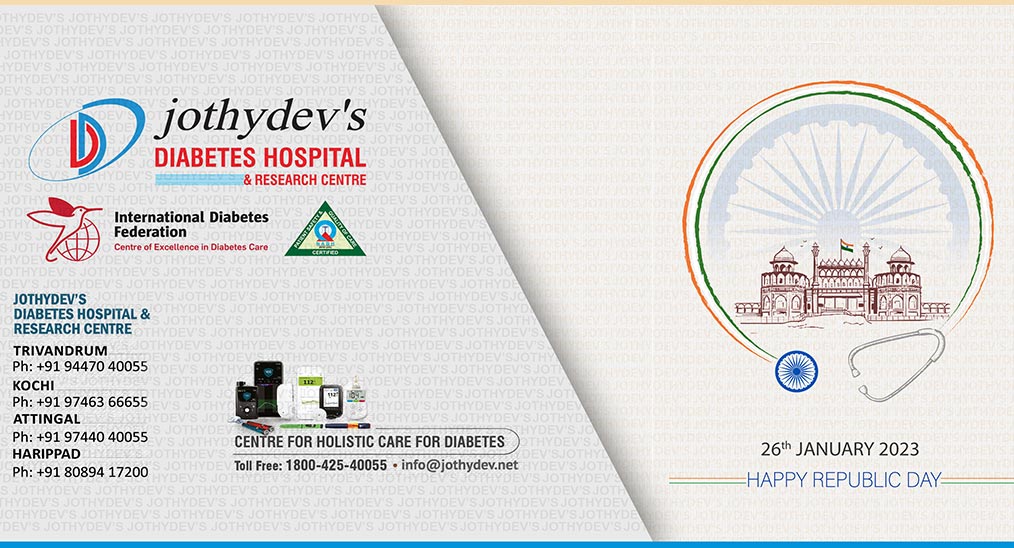5. Trends and gaps in the glycemic control and hyperglycemia among insulin users

Numerous studies examined the possible advantages and challenges of insulin therapy during the centennial commemoration of the discovery of insulin. However, little is known with respect to the recent patterns of glycemic control and severe hyperglycemia among patients using insulin.
A study published in ‘Jama Network Open’ by Elizabeth Selvin et al. explored the trends in glycemic patterns and severe hyperglycemia among US individuals of different ethnicities. The serial population-based cross-sectional study used data from the National Health and Nutrition Examination Survey (NHANES). Participants were non-pregnant US adults aged >20 years who had a diagnosis of diabetes and were currently on insulin. Data were collected from household interviews and from standardized medical examinations including blood sample collections performed in mobile examination centers. The HbA1c level was determined using high- performance liquid chromatography. Severe hyperglycemia was defined as an HbA 1c level greater than 10%. χ 2 and t tests were used to assess differences in the sociodemographic and clinical characteristics among adults using insulin. The research team estimated trends in insulin use, glycemic control, and severe hyperglycemia overall and by age, race, ethnicity, and indicators of socioeconomic status.
The analysis concluded that over the past three decades, glycemic control stagnated and racial and ethnic disparities increased among US adults with diabetes using insulin. Efforts to facilitate access to insulin will be critical to improving glycemic management. In addition, addressing clinical inertia among practitioners and improving the care process may optimize glycemic control among patients using insulin.
For enquiries info@jothydev.net.
Please visit: jothydev.net | research.jothydev.com | diabscreenkerala.net | jothydev.com/newsletter




